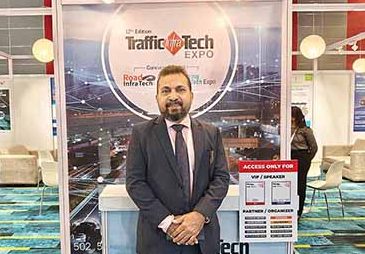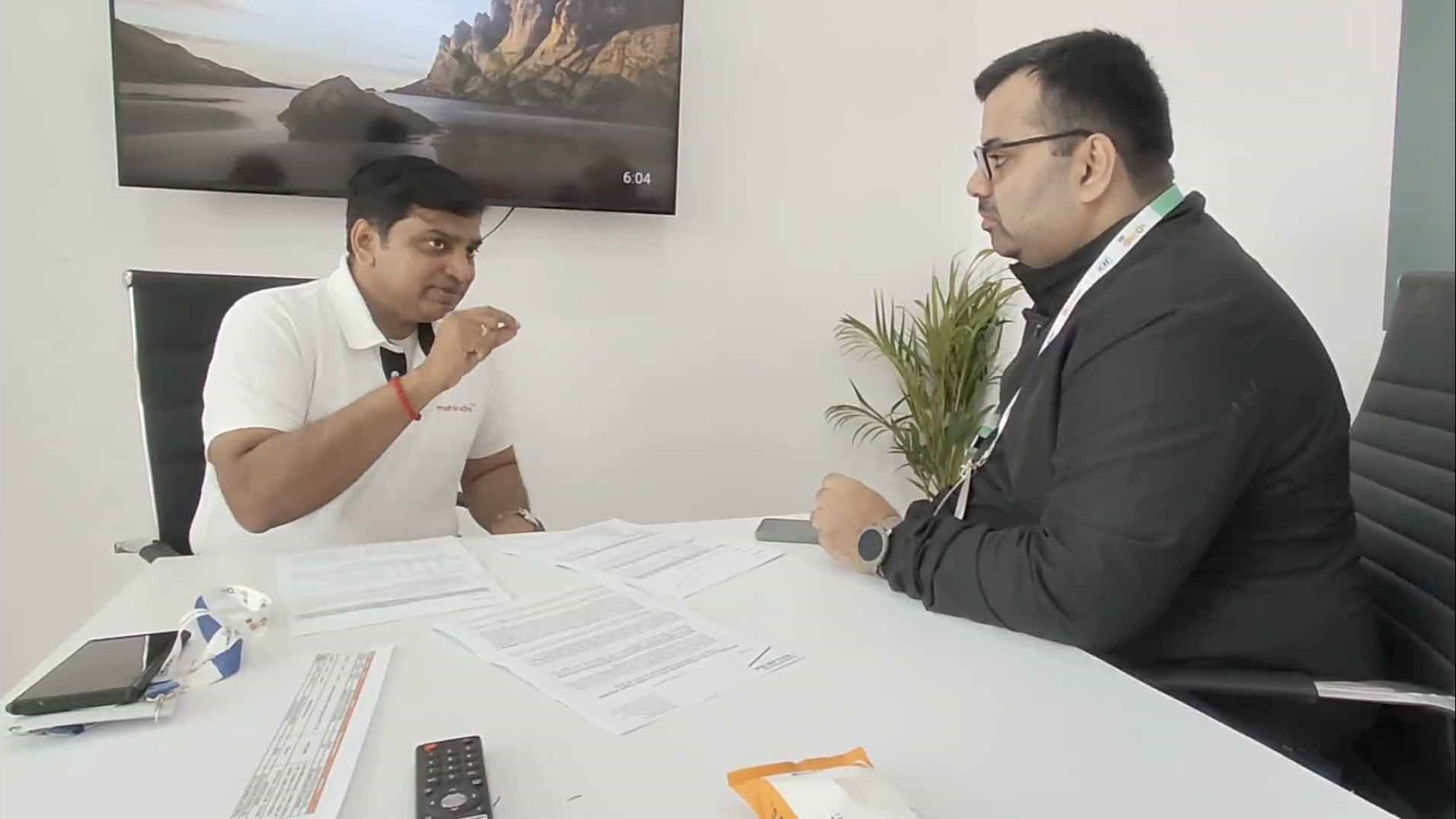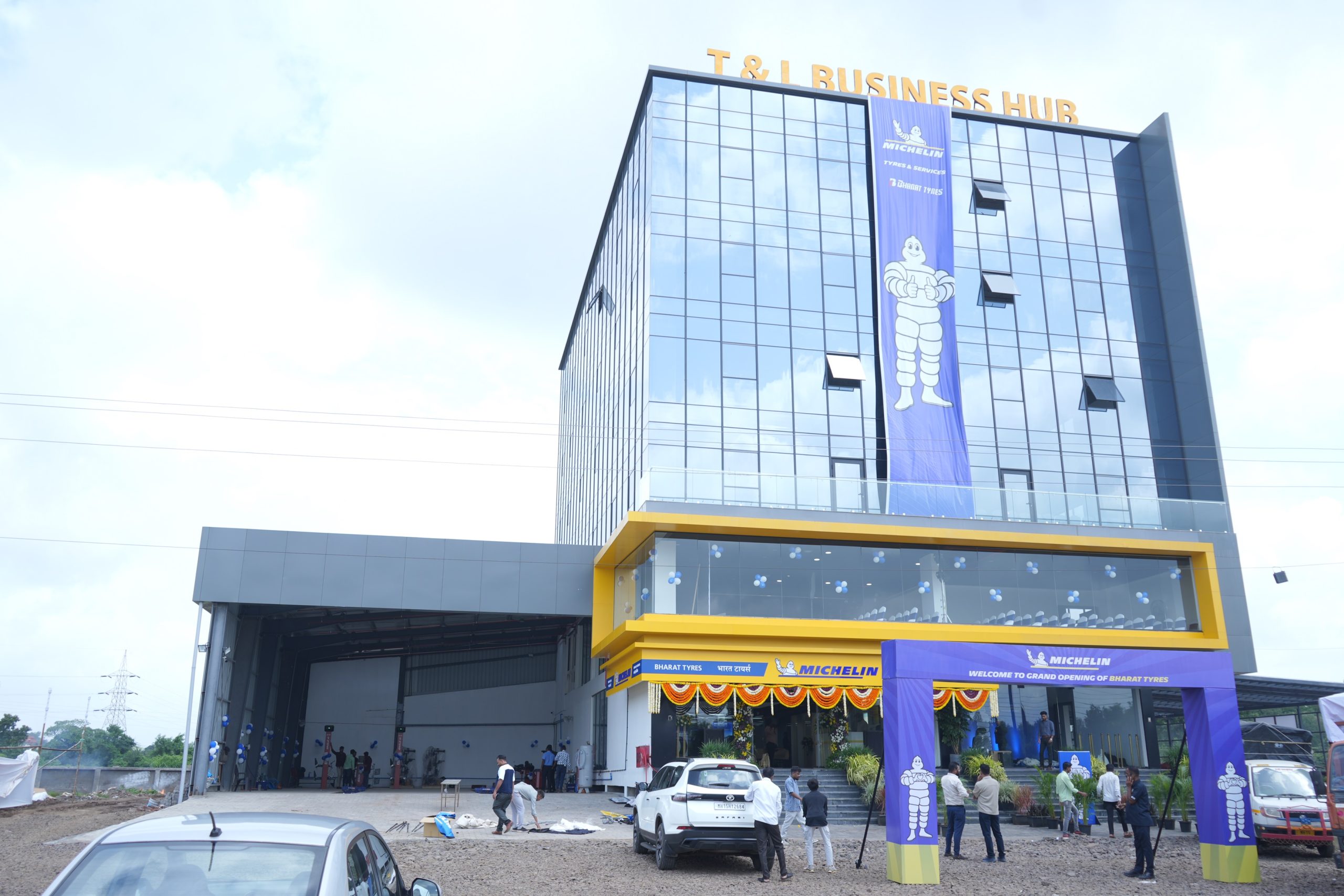The Indian foundry industry produces various types of metal castings and cast components for applications in power, automotive, defense, railways, machine tools, agro machinery, tractor industry, earth moving and mining machinery, electrical machinery, oil and natural gas, etc. It is also instrumental in helping make vehicles lighter in weight. It generates revenue of USD 18 billion with exports of over USD 2 billion, producing approximately 9.5 million tons of castings annually. Vikas Garg, President, Indian Institute of Foundrymen (IIF), says Leon Martin Ray on how the foundry industry has contributed to the growth of the Indian automotive sector.
The Institute of Indian Foundrymen (IIF) was set up in 1950 to promote education, research, training and development to Indian foundrymen and to serve as a nodal point of reference between the customers and suppliers of the Indian foundry industry on a global scale. With its headquarters in Kolkata, IIF presently services the entire country through its 26 chapters functioning under the direction of four regional offices located at Kolkata, Delhi, Mumbai and Chennai. The institute is a member of the World Foundrymen Organisation (WFO) and Confederation of Indian Industry (CII). Excerpts from the interview:
What is the contribution made by the IIF to the automotive sector of India?
The foundry sector is a vital one as it feeds important metal castings to the automotive industry by way of engine blocks, brake drums and castings for gear housing, etc. which all have intricate shapes and configuration that cannot be made by any other process other than casting. These castings are required to be made lighter and yet stronger with specially alloyed materials for achieving better fuel efficiency. The foundry sector is working in collaboration with their clients for development of lighter components through the deployment of new technology. IIF plays a vital role in the dissemination of knowledge and providing information on the latest technologies and processes.
What are the new technologies that the institute and its members have been working on for the automotive sector?
There are considerable R&D efforts into the development of lighter components which can contribute to bringing down the overall weight of the automobile and thereby improve fuel efficiency. This further galvanises the increased use of technology by application of IT and 3D printing in the process. All this would result in considerable shorter lead times which would lead to faster development of new products, employing scientific tools which would help create products conforming to specifications and eliminating the generation of rejections.
Is there anything specific about making vehicles lighter in weight?
As mentioned above, making vehicles lighter is becoming more and more important as lighter vehicles are more fuel efficient. Some of the units are increasingly using aluminium alloys for production of critical components such as engine blocks with inserted sleeves to make these fit for use even at high temperatures which the engine blocks are subjected to during the operation.
What about the contribution of Indian foundries to making automobiles safer?
Making safer components for automobiles implies making defect-free and duly tested components as per expected operational parameters. An increasing number of foundries are using process quality assurance techniques right from receipt of raw material, storage, production, packing and dispatch till receipt of components at client’s end in good condition. The application of technology and IT, non-destructive testing and procurement of raw materials from duly approved sources is vital; therefore foundries catering to the automotive sector are laying emphasis on these elements. Foundries are associating with clients’ right from the development stage itself to ensure supply of components which can withstand the intended use safely and within the expected vehicle life.
Is there any research being conducted about new materials or composites?
There are several research institutes working in India and abroad on these and for that the home grown and imported technology as available is being used.
What are the future plans about the institute with regards to the automotive sector?
As per the plans of the automotive industry, the demand of castings is expected to grow three-folds in the next ten years. The industry is gearing up for new technologies, automation and skills development. The present capacity can be augmented to suit demand by balancing the manufacturing facilities, automation, and investments in new projects as the need arises. However, the government needs to create a business environment and infrastructure which will attract global players to invest in India. This is true of the foundry sector which will drive technology and scales such as was done by Suzuki in the 80s. There are very few investments in the foundry sector by global players in India as compared to China and even a small country like Brazil has more large foundries with foreign investments. If we are able to attract investments from global players in this sector, it will change the face of the industry.
What are the challenges that Indian foundries face, as for example, materials, government policies, etc.?
The foundry industry faces challenges for its sustainability due to issues related to mining, environment, skilling, global competition while the other sectors of the Indian economy such as automotive and automotive components, electrical/textile/cement machinery, earth moving machinery/agricultural machinery, power, and railways will find it increasingly difficult to source quality castings at competitive prices from the domestic industry, thereby resulting in imports and injury to the local industry. There is no forum where periodic interaction can take place between policy makers, industry experts, and stakeholders from manufacturing and user industry, academicians, and other related ministries. Industry associations need to periodically review and help formulate enabling policies for sustainable growth in this vital sector which is so crucial for growth of the other sectors as mentioned above.
What is the size of the Indian foundry market and what is the expected growth?
The Indian foundry industry has gradually risen from the 5th to the 3rd largest producer of castings globally over the last 10 years. The Indian casting industry has grown by over 43 per cent over 2008. The foundry industry currently produces approximately 10 millon tons of cast components in ferrous and non-ferrous categories as per various international standards. The foundry sector’s annual turnover is approximately USD 18 billion at current production rates, which is only around 10 per cent of global production by weight. With a sustainable growth plan in place, the global share of production could go up to 20 per cent in the next five years. Currently the foundry sector is exporting castings worth USD 2.2 billion annually. This is besides another USD 2 billion worth fully finished ready to use parts and sub-assemblies for various applications. As such, there is huge potential to improve market share by increased value addition so that exports can grow to USD 8-10 billion through improved productivity and focus on new markets.
Are there any other factors that need to be improved upon?
While technology upgradation is important to the industry’s growth, imported technology is not only very expensive and unaffordable but may not be suitable for Indian conditions. It is therefore important that home grown technology must be promoted. Laboratories and institutions like the CSIR or the Indian Institute of Science must be encouraged by the government to undertake research in various foundry-specific topics in consultation with the industry. The industry also needs to invest in research which may be done in-house or by collaborating with various educational institutes. Another challenge which the foundry industry faces is the availability of skilled manpower. Apart from NIFT at Ranchi, there are no it is, polytechnics or engineering colleges which have foundry technology as a special course.










Leave a Reply